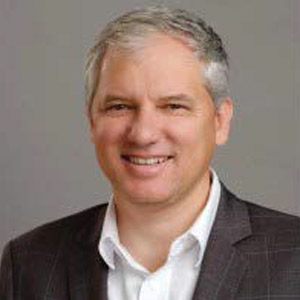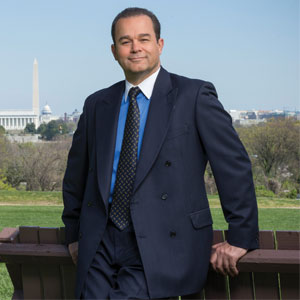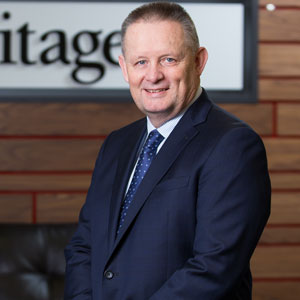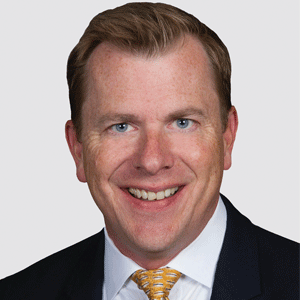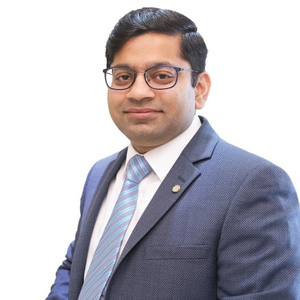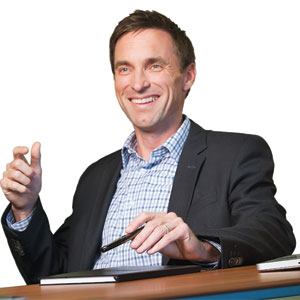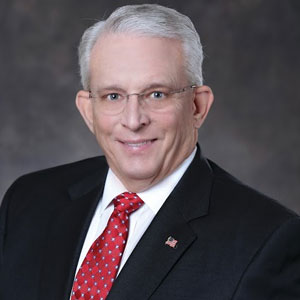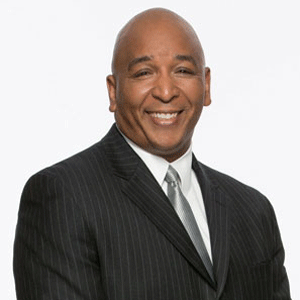THANK YOU FOR SUBSCRIBING
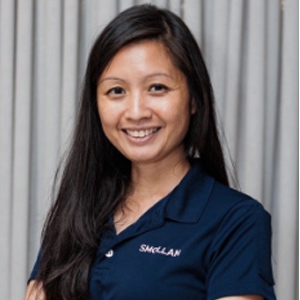
Deanna Yap, Chief People Officer, Southeast Asia, Smollan
Deanna has almost two decades of experience in multiple industries, including Lazada, DKSH, and PricewaterhouseCoopers. She has deep knowledge, insight, and a vision for our People Capability in the Asia Pacific region. She is well-known for her resilience, critical thinking, high work ethic, experience, and entrepreneurial spirit as she tackles people topics and initiatives.
Defining ExcellenceExcellence, in my view, is more than a singular act; it's a collection of habits that foster sustained, continuous improvement. This commitment to quality, innovation, and adaptability aligns with Aristotle's wisdom: ‘Excellence is not an act but a habit.’
Achieving excellence involves embracing a growth mindset, fostering collaboration, and welcoming diverse perspectives. It's about agility, proactive adaptation to change, and a willingness to learn from failures and pivot swiftly for improvement.
Building a culture of excellence involves a shared commitment to core values, a clear vision, and a dedication to continuous learning. I feel that keeping it simple, compelling, and universally understandable at every organizational level is key.
Different Hats or Lenses to Understand Excellence at the WorkplaceUnderstanding excellence demands a multifaceted approach. We need to wear the hats of a visionary leader, a supportive coach, and a strategic planner.
The different lenses enable us to look beyond immediate results. This includes recognizing and embracing change, fostering innovation, prioritizing diversity and employee well-being, and setting high standards that promote accountability. The aim is to maintain a high-performing, results-oriented, and inclusive organization.
People Strategies Taken to Rebuild Existing TeamRebuilding a team involves a focus on professional development, collaboration, and fostering a positive team culture. Understanding everyone’s values and experiences is key, alongside targeted development, appealing to cognitive and intrinsic senses.
Achieving excellence involves embracing a growth mindset, fostering collaboration, and welcoming diverse perspectives.
A talent strategy emphasizing (re)skilling and (up)skilling to meet evolving demands is crucial. We have to ensure that we can address cultural concerns in alignment with organizational goals and be future-ready. Other areas, such as strategic talent acquisition, development, and performance management, create growth opportunities and transform lives, which are key as well.
Hiring for culture fit, clear expectations, ongoing feedback, and transparency about the organization's current state are crucial in rebuilding a team. A strategic approach to talent acquisition and development, coupled with a focus on creating growth opportunities, shapes a resilient workforce.
People Team's Contribution to Building the Organization of the FutureThe People team plays a pivotal role in shaping the organization of the future by crafting the employee experience, driving organizational agility, and fostering continuous development.
As change catalysts, the team walks the talk, supporting leaders in fulfilling their roles with purpose. People Leaders sustain a culture of excellence by aligning teams with organizational values, fostering diversity and inclusion, and promoting employee well-being.
Supporting leadership in being commercially aware and data-conscious and refining a professionalized function ensures a strong leadership pipeline. Balancing a logical operating model with high-impact outcomes and quality leadership development programs is critical in building a future-ready organization.


